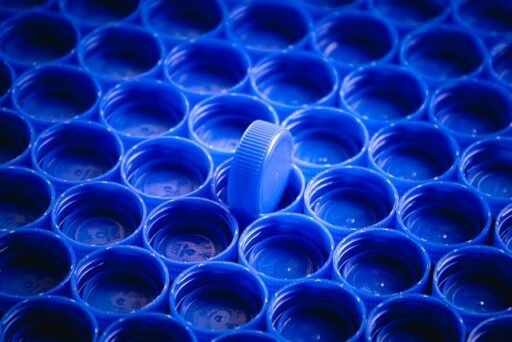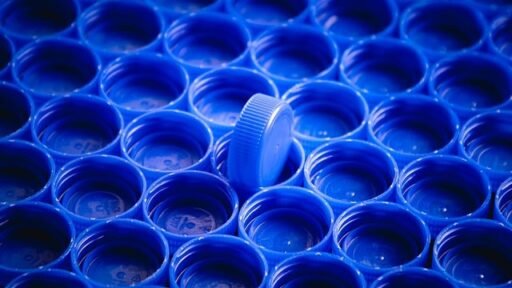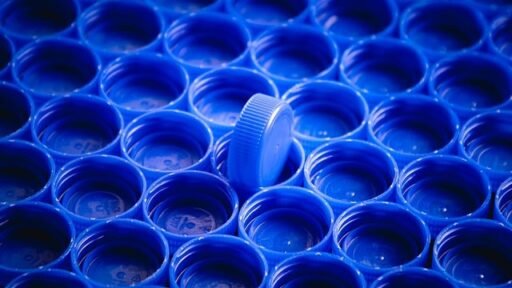## The Unsung Hero of Healthcare: Plastic in Medical Devices
We often hear about the environmental impact of plastic, and rightfully so. However, there’s another side to this versatile material – one that plays a crucial role in saving lives and improving healthcare every single day. Let’s delve into the fascinating world of medical plastics and explore why they are indispensable to modern medicine.
### ## The Properties that Make Plastic a Medical Marvel
Plastic’s dominance in the medical field isn’t a coincidence. It stems from a unique combination of properties that make it incredibly well-suited for this demanding sector.
### ### Versatility and Moldability: Shaping Solutions for Every Need
Imagine a material that can be molded into intricate shapes, from delicate catheters to complex prosthetic limbs. That’s the power of plastic. Its remarkable moldability allows manufacturers to create medical devices tailored to specific anatomical structures and medical procedures. This level of precision is simply unattainable with many traditional materials.

### ### Biocompatibility: Living in Harmony with the Human Body
Introducing foreign materials into the human body is a delicate dance. Plastic’s biocompatibility ensures that it can coexist with our tissues and fluids without triggering harmful reactions. This characteristic is paramount for implants, prosthetics, and other devices designed for long-term use within the body.
### ### Sterilizability: Ensuring a Safe and Infection-Free Environment
In the world of healthcare, sterility is non-negotiable. Plastics shine in this aspect, readily withstanding various sterilization methods, including high temperatures, radiation, and chemical agents. This ensures that medical devices remain free from harmful pathogens, safeguarding patients during critical procedures.
### ### Durability and Longevity: Standing the Test of Time and Use
Medical devices often endure demanding conditions, from repeated sterilization cycles to constant contact with bodily fluids. Plastics rise to the challenge, exhibiting impressive durability and resistance to wear and tear. This longevity translates into reliable performance and cost-effectiveness, crucial factors in healthcare settings.
### ## A Transformative Impact Across Medical Specialties
The impact of plastic in medicine extends far beyond a few isolated applications. It has revolutionized virtually every medical specialty, empowering healthcare professionals to diagnose, treat, and manage a vast array of conditions.
### ### Cardiology: Keeping Hearts Beating Strong
From life-saving heart valves to flexible catheters used in minimally invasive procedures, plastics are instrumental in cardiology. Their durability and biocompatibility ensure the long-term functionality of these devices, improving the lives of countless heart patients.
### ### Orthopedics: Restoring Mobility and Alleviating Pain
Joint replacements, bone plates, and screws – these orthopedic implants rely heavily on the strength and biocompatibility of specialized plastics. These devices restore mobility, alleviate pain, and enhance the quality of life for individuals with musculoskeletal conditions.
### ### Drug







